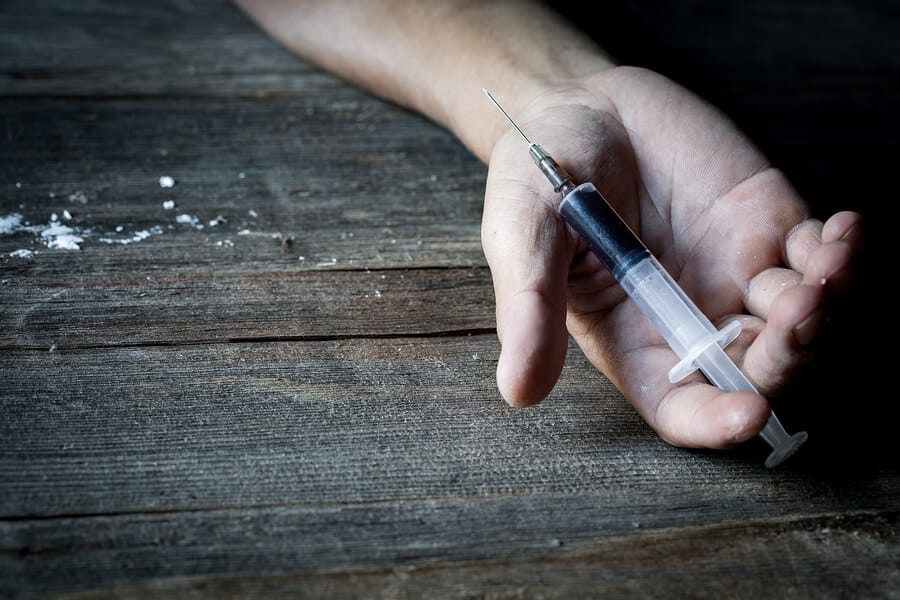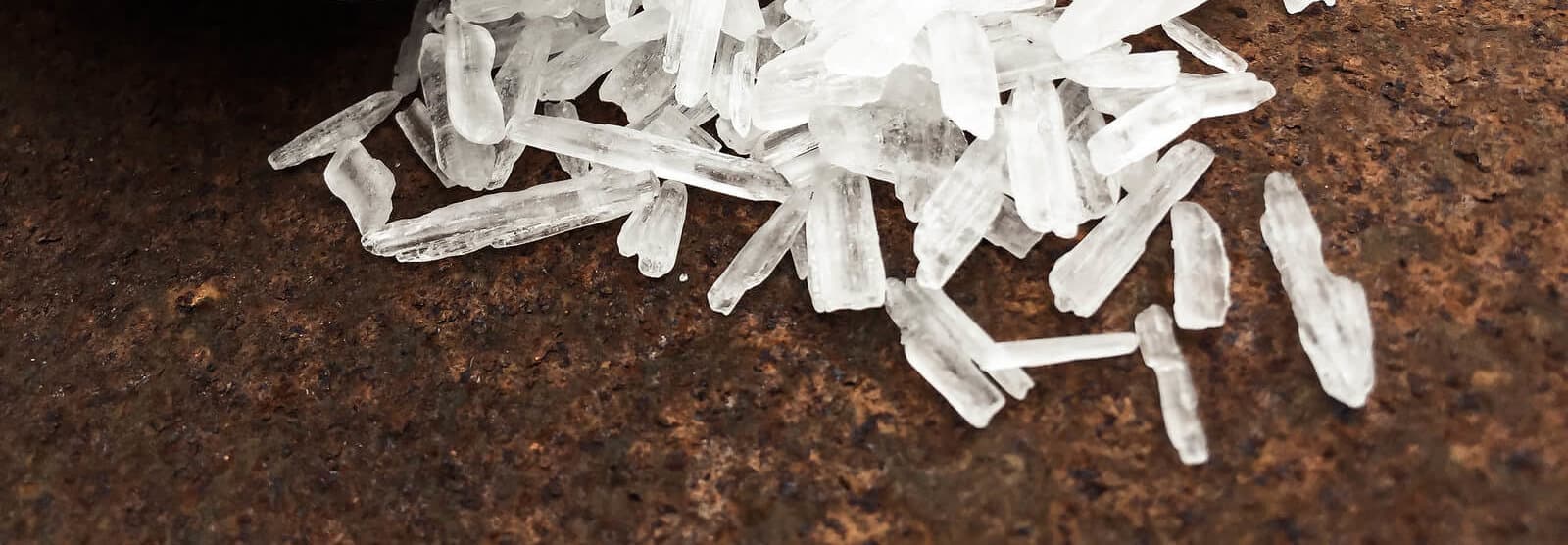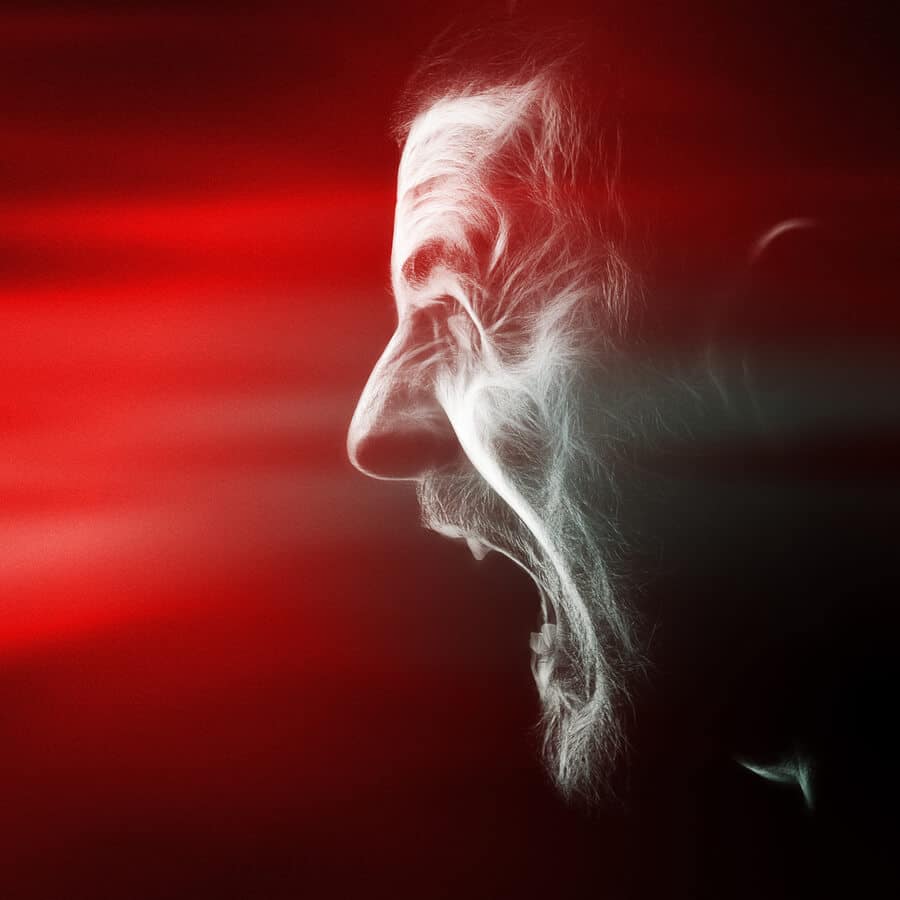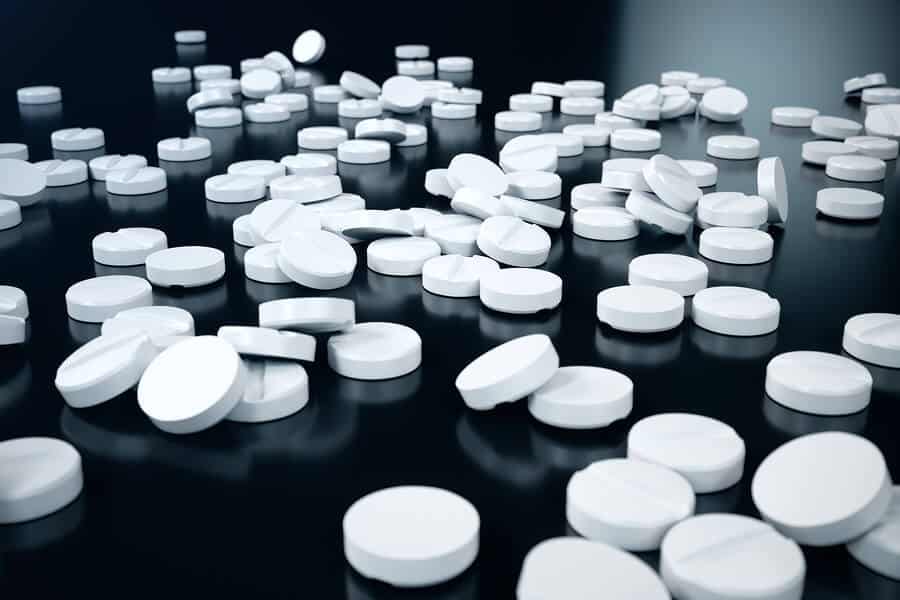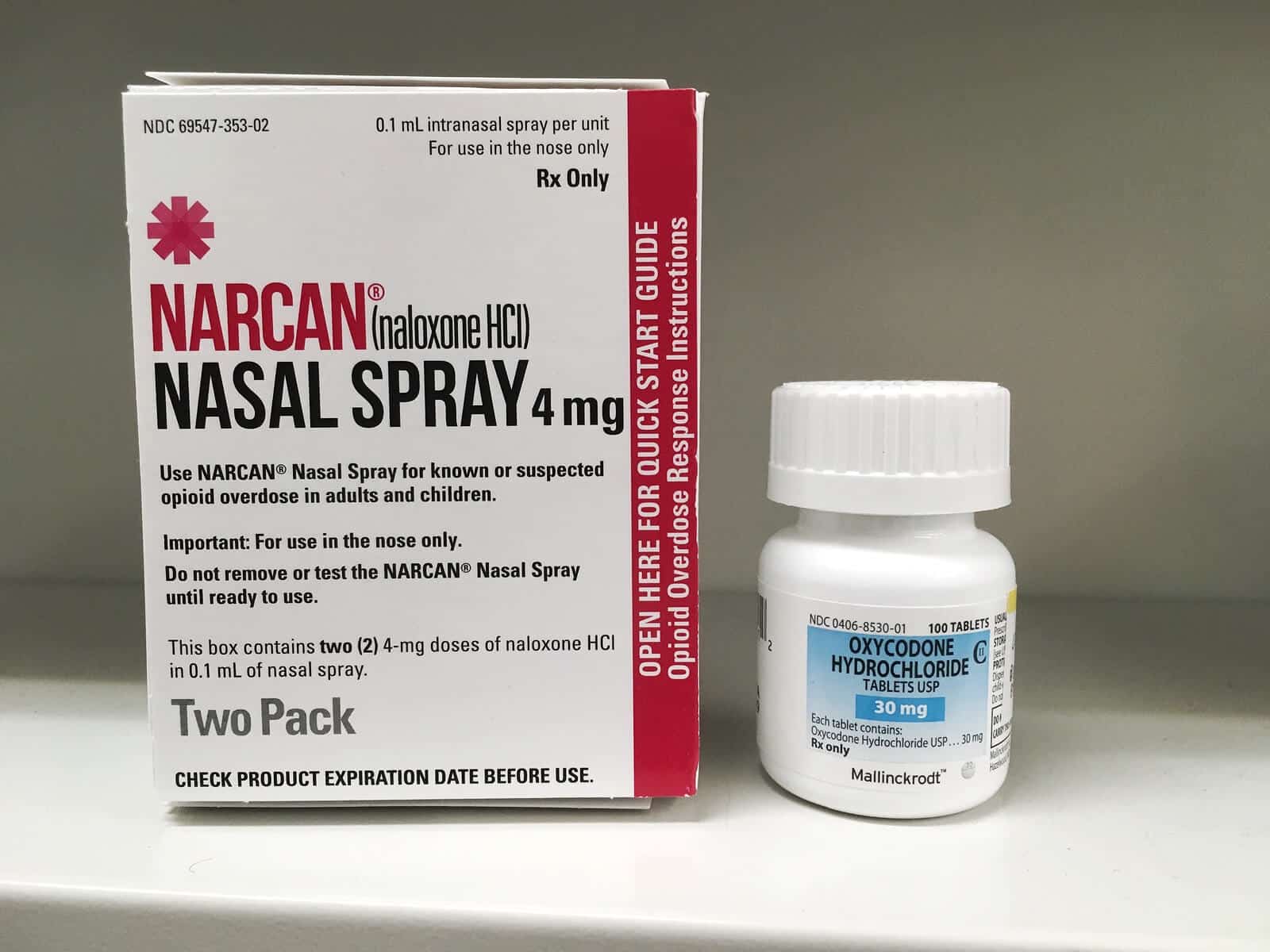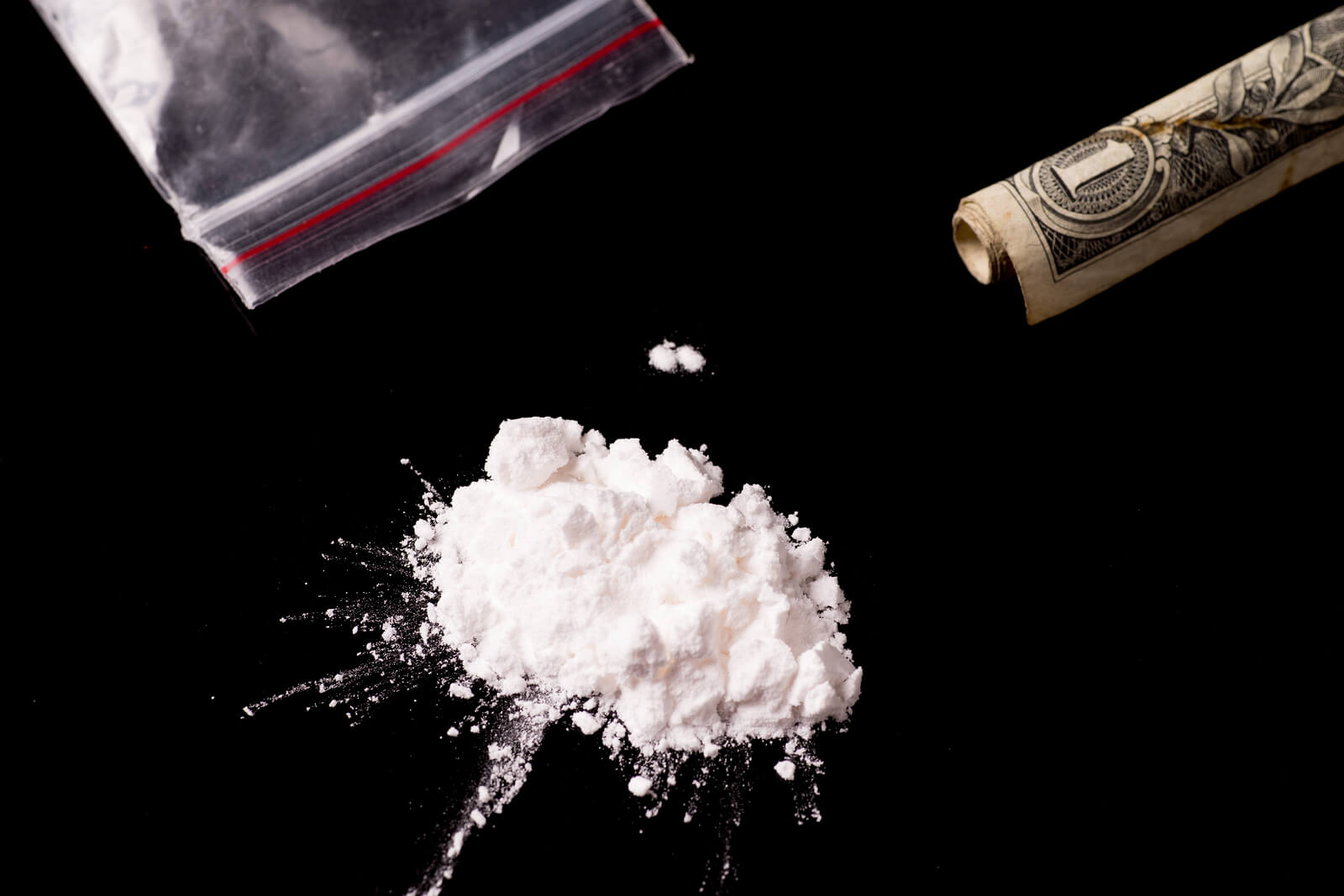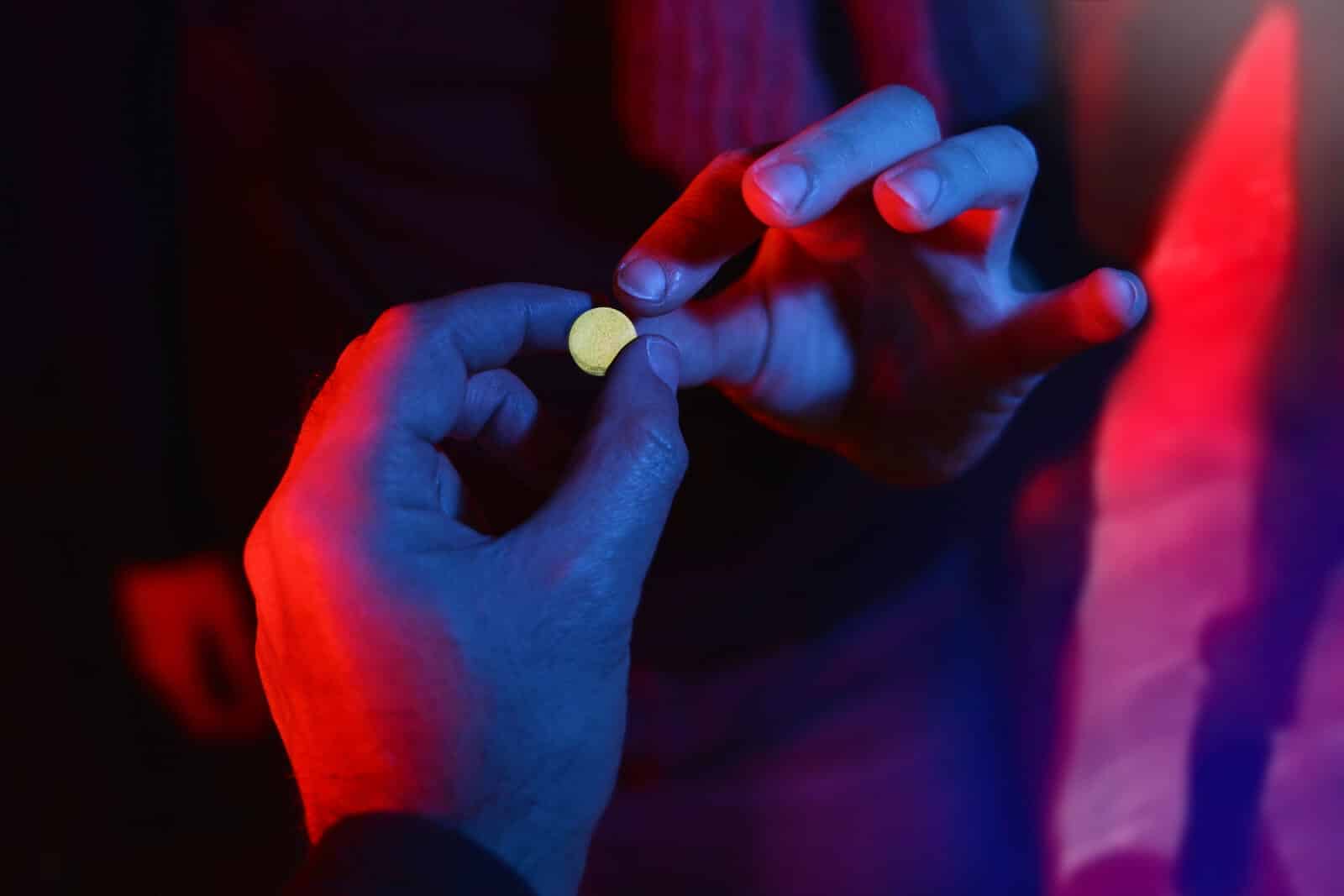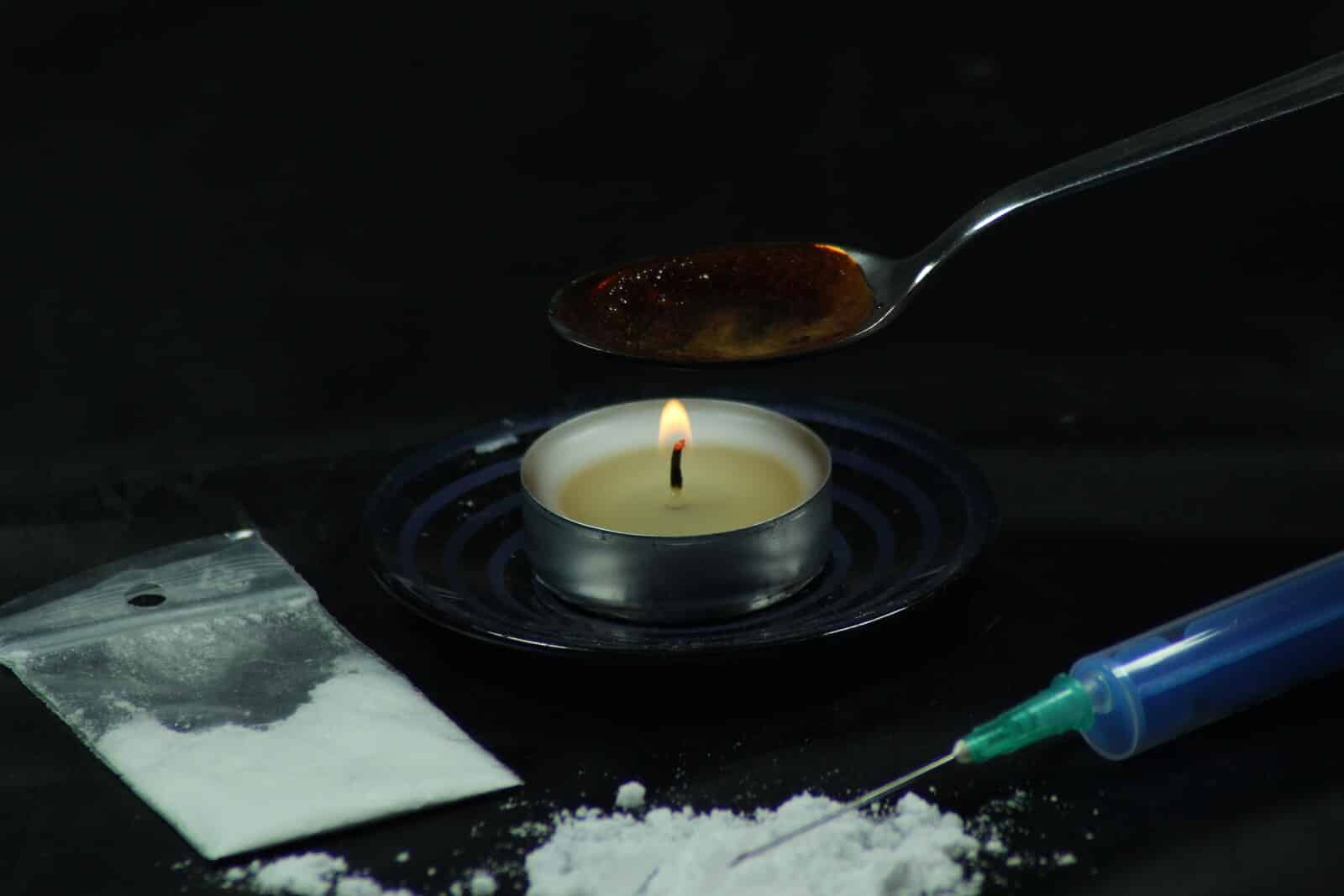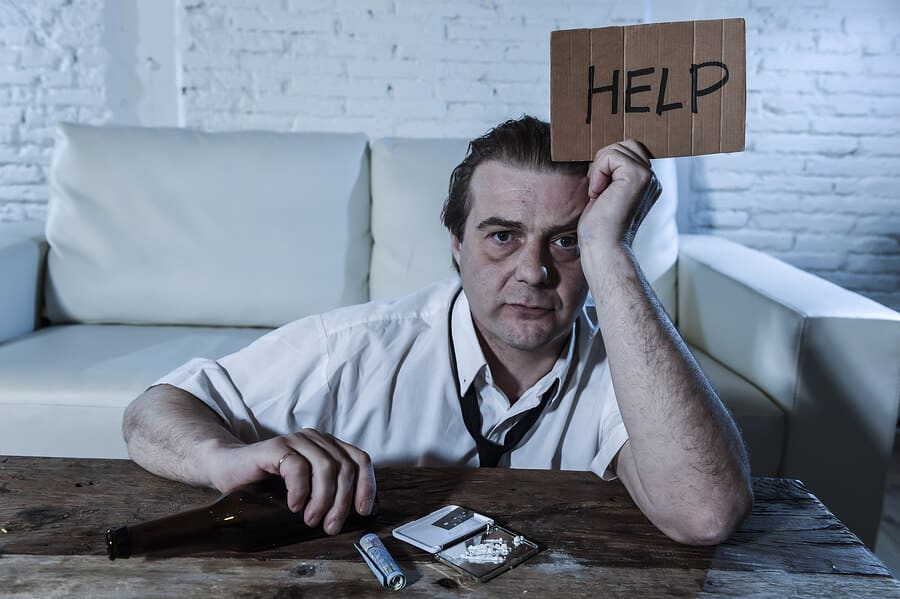
The long-term use of cocaine can result in many physical and emotional problems. Sometimes it is possible to reverse the harm done to the brain and body incurred by cocaine addiction, but years of abuse, however, may result in irreversible effects. Treating long-term conditions caused by cocaine abuse can result in a lifetime of medical complications, hospital and doctor visits, and corresponding medical bills.
Long-Term Cocaine Effects
Cardiovascular Damage
Immediate side effects from cocaine and crack cocaine include increased blood pressure, accelerated heartbeat, and vasoconstriction (the narrowing of blood vessels) in the brain and throughout the body. Chronic abuse of both forms of the drug can cause damage to the cardiovascular system in multiple ways, including the following:
- Blood clots which contribute to heart attack, stroke, pulmonary embolism, and deep vein thrombosis
- Chest pain from tightening of blood vessels
- Myocardial infarction, or damage to the heart muscle from a lack of oxygen related to reduced blood flow
- Permanent hypertension
- Heart arrhythmia (irregular heart rate)
Cardiac arrest is the leading cause of death among those who abuse cocaine. One report found that heart attacks accounted for 25% of fatalities among people ages 18-45 who have used cocaine or crack.
Damage to the Nose and Mouth
Snorting cocaine directly damages the mucous membranes in the nose. A drier environment and reduced blood flow allows the soft tissues in the nose to degenerate and die. The cartilage lining in the septum (located between nasal cavities) will then be exposed, will also eventually die, leaving just a hole.
Many people who battle cocaine abuse develop septal perforations, which can result in the collapse of the nose structure and breathing problems. Sometimes this problem can be repaired with plastic surgery, but this is not always the case.
Similarly, such a process can take place in the mouth’s upper palate, causing perforations. These are not as common as septal perforations, but they can occur as an unfortunate consequence of prolonged abuse.
Pulmonary and Respiratory Damage
Snorting cocaine can induce damage to the mucous membranes through the sinus cavity that, over time, moves down into the throat and upper respiratory system. Smoking (freebasing) crack, however, is more likely to lead to serious respiratory problems. As blood vessels in the lungs narrow, alveolar walls are damaged so that it is harder for oxygen to enter the bloodstream.
Freebasing cocaine is associated with the development of a chronic cough, higher risk of infection such as tuberculosis and pneumonia, respiratory distress, asthma, and pulmonary edema (fluid accumulation in the tissue and air spaces of the lungs.) People who routines abuse crack can develop a condition known as “crack lung” (eosinophilic pneumonitis) that may also produce symptoms such as black sputum, wheezing noises, and pain.
Brain Damage

Both cocaine and crack cocaine can result in brain damage, even when used for a relatively brief period. Damage to brain structures can trigger addiction, which is a chronic disease related to cocaine’s chemical interference in the brain’s reward and pleasure centers and the dopamine system.
Abusing cocaine can lead to other kinds of chronic damage as well. For example, the consistent narrowing of blood vessels can reduce the amount of oxygen received by the brain, which can result in brain damage. Additionally, it increases the risk of an aneurysm via damage to the vascular walls that support the brain.
Additional brain damage from cocaine or crack cocaine may include the following:
- Mini-strokes (transient ischemic attacks)
- Cerebral atrophy (brain shrinkage)
- Seizures
- Cerebral vasculitis (inflamed neural and spinal blood vessels)
- Hyperpyrexia (extremely high fever that is a medical emergency)
- Temporal and prefrontal lobe changes, which can impair abilities related to decision-making, problem-solving spatial understanding, learning, vocabulary, attention, and memory
- Changes to neurotransmitter production and absorption, which can cause mood disorders
- Tremors and abnormal changes in gait
Also, cocaine causes the brain to age, so the risk of developing dementia increases. Long-term memory impairments can develop into conditions that resemble Alzheimer’s disease. Cocaine users who are at an increased risk of developing dementia are more likely to exhibit this condition early in life if they use cocaine for a prolonged period.
Finally, if the linings of the arteries and veins are damaged, cocaine use can inhibit blood flow to the brain, producing chronic headaches. This damage can also create blood clots, which can lead to stroke. Cocaine can also induce seizures, either during a binge or following extended use, or ultimately cause a seizure disorder to develop that will necessitate long-term treatment.
Damage to the Gastrointestinal Tract
Because of reduced blood flow throughout the body, multiple organ systems, including the stomach and intestines, can be indirectly damaged over time. Short-term side effects of cocaine abuse include stomach pain, suppressed appetite, nausea and vomiting, and constipation. Over time, these effects can become irreversible, leading to necrotic bowel or the death of vital tissues within the gastrointestinal system.
People who suffer from cocaine abuse are also more likely to incur ulcers related to changes in the stomach’s pH level. Also, cocaine use can lead to the development of ischemic colitis or inflammation and injury of the large intestine, which can cause severe digestive disorders and even result in death.
Liver Damage
Long-term cocaine abuse precipitates a higher risk of overdose, which can result in liver injury as the body is inundated with toxins that the liver cannot filter out. Although most damage to the liver will resolve if the person recovers from the overdose and overcomes cocaine addiction, there have, unfortunately, been deaths due to acute cocaine-related liver damage.
If the user combines cocaine with alcohol, long-term liver damage is more likely to occur because the combination incites the liver to produce a chemical called cocaethylene. This chemical compounds the depressant effects of alcohol and causes an increase in aggression, strain on the heart, and liver damage.
Kidney Damage
Long-term cocaine use can cause damage to the kidneys in two different ways. First, permanently increased blood pressure can lead to kidney damage as a result of the loss of blood flow. While many organ systems can be damaged by a lack of oxygen and high blood pressure, the kidneys are especially vulnerable.
Next, chronic cocaine use can lead to rhabdomyolysis or the destruction of skeletal muscles. As these muscles degenerate, toxins are released into the body, and ultimately flood into the liver and kidneys. Kidney failure is an end-stage consequence of rhabdomyolysis.
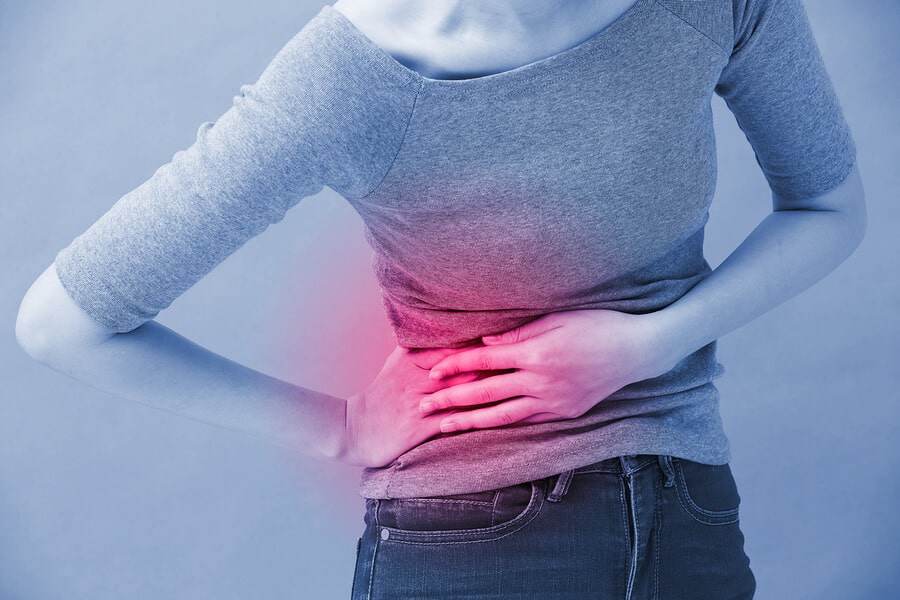
Infectious Disease
People who engage in cocaine and crack abuse are more likely to contract infectious diseases, such as HIV and hepatitis. Sometimes, this is related to the sharing of unclean needles. More often, however, cocaine’s effects contribute to poor decision-making, an increase in risk-taking and impulsivity, and enhanced libido, all which can lead to potentially dangerous or unsafe sexual encounters.
In addition to this, cocaine use compromises the immune system so that diseases can spread more rapidly throughout the body.
Treatment for Cocaine Addiction
While there are no medications currently approved by the FDA to treat cocaine abuse or withdrawal, it is still a very treatable condition using a professional, comprehensive addiction treatment program focused on promoting recovery, the development of coping skills, and relapse prevention.
Harmony Treatment and Wellness offers an integrated, evidence-based approach to addiction treatment that includes services vital to recovery, including behavioral therapy, counseling, group support, and aftercare planning.
Our center employs caring medical professionals and certified clinicians who specialize in addiction and provide clients with the skills and support they so desperately need to recover and begin to experience long-lasting sobriety and wellness.
If you or someone you love is suffering from cocaine abuse, please call us today. We can help you conquer your addiction, reclaim your life, and find the happiness and harmony you deserve!


